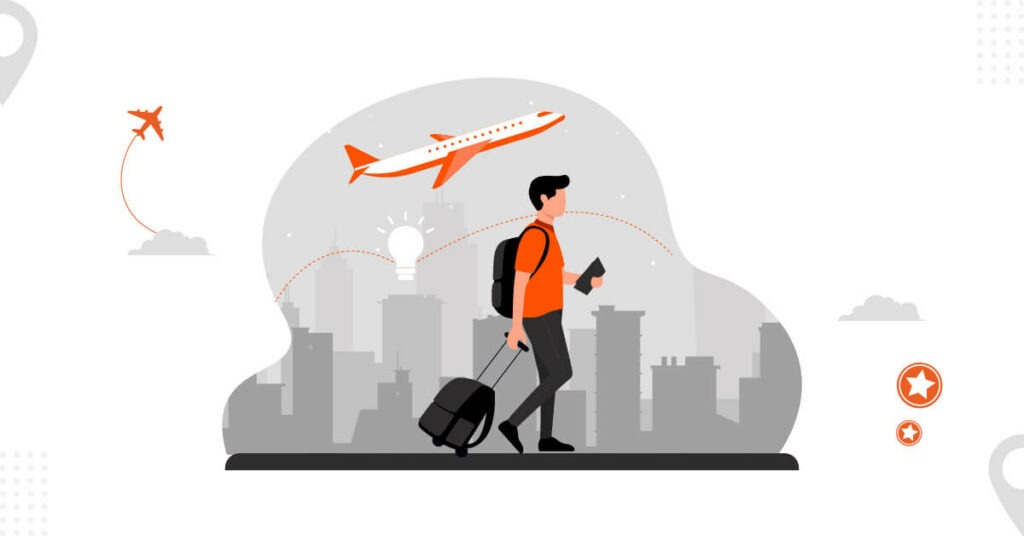Traveling can be exhilarating but comes with its fair share of challenges. With some preparation and knowledge, you can make your journey more relaxing and secure.

Recognizing Fake Travel Sites and Apps
Travelers often fall victim to fake websites and apps designed to steal personal information or money. Here’s how to protect yourself:
- Check official resources: Use the Better Business Bureau or official industry organizations to verify the legitimacy of a travel company. If it’s not listed or accredited, it’s safer to avoid it.
- Read online reviews: Look for balanced reviews on platforms like TripAdvisor and Yelp. Be cautious of sites with overwhelmingly positive or negative reviews, as they could be fake.
- Accreditation and licensing: Legitimate travel agencies often belong to recognized organizations like the American Society of Travel Advisors. Check for these credentials on their website.
- Transparent pricing: Reputable sites disclose all costs. Watch out for hidden fees or unclear pricing structures.
Keeping Track of Your Luggage
Lost luggage can turn a dream trip into a nightmare. Take these steps to ensure your belongings stay safe:
- Use airline tracking apps: Major airlines offer apps that allow you to track your luggage in real-time. Download these apps from the airline’s official website to avoid copycat apps.
- Use tracking devices: Use Apple AirTags or similar products to keep tabs on your checked bags. These devices can provide peace of mind in case your luggage goes missing.
Ensuring Connectivity and Security
Staying connected and secure while traveling is crucial. Follow these tips to manage your communications effectively:
- Set Gmail and Google Drive to offline mode: Prepare for poor internet connections by setting Gmail and Google Drive to offline mode. This allows you to access your emails and documents without an internet connection.
- For Gmail: Go to Settings > See all settings > Offline > Enable offline mail.
- For Google Drive: Click on the settings cog > Settings > Turn on Offline. Choose which files you want to make available offline.
- Be cautious with in-flight Wi-Fi: Hackers can create fake Wi-Fi networks with names similar to the airline’s official network. Verify the correct network with airline staff before connecting.
- Use a VPN (Virtual Private Network): Protect your online activities by using a VPN, especially when accessing sensitive information or financial accounts. This encrypts your data and shields it from potential threats.
- Double-check AirDrop settings: Disable AirDrop or set it to only accept requests from your contacts to avoid receiving unwanted files, including potentially malicious ones.
- Protect your smartphone: Your phone contains sensitive information, so take steps to secure it:
- Use Face ID or fingerprint recognition to unlock your phone in public.
- Avoid using simple PINs; opt for longer, more complex passcodes.
- Disable AirDrop from accepting requests from unknown senders.

By following these travel tips, you can reduce stress and enhance your security while exploring new destinations. Remember, a little preparation goes a long way in ensuring a smooth and enjoyable travel experience.